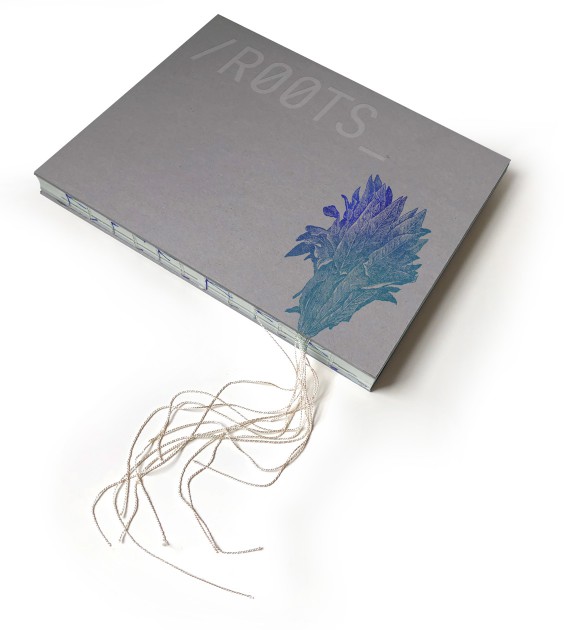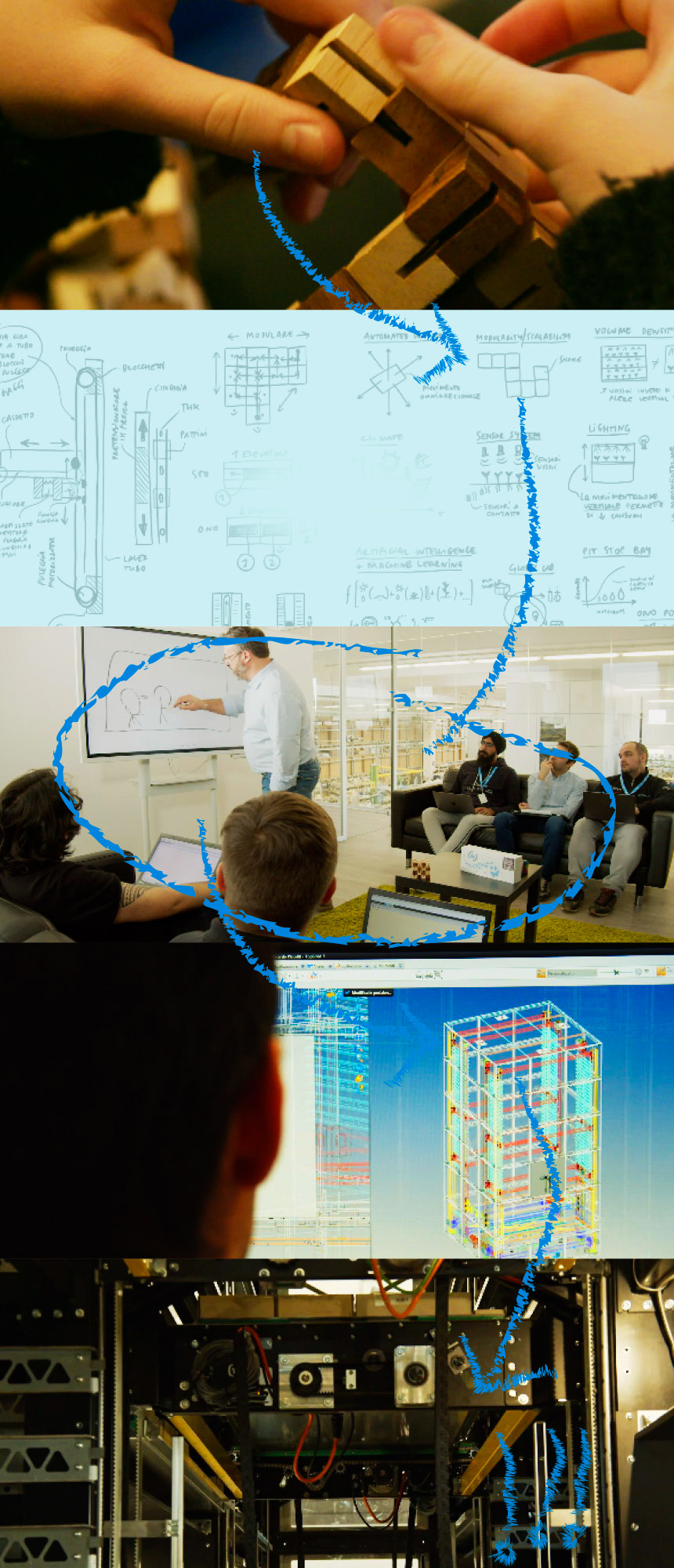Every story starts with a “WHY?”
WE ALWAYS THINK
THAT WE CAN DO IT BETTER
In the Tor.Mec Ambrosi group a new division had just been created, Sip Italy, which develops, produces and sells sewing machines for the clothes industry, mainly jeans.
We needed to produce efficiently so as not to weigh on the company budget, and we weren’t in a position to invest in high inventory levels to reduce the cost of individual components; we didn’t know how to grow without putting ourselves at risk.
At that time I was studying for my MBA, and a lesson on logistics opened my eyes to the world of lean production and “lean” thinking.
I had already come across the Toyota production system, introduced by a collaborator of Taichi Ohno (the inventor of the Toyota production system), the Sensei Wakamatsu, during a business symposium a few years earlier.
I was increasingly disturbed by what I saw as the huge waste of surface space in the work area, with people using too much of their time on “walks” along the corridors of the components supermarket, instead of having their activity of value creation optimized in the place of value creation itself.
I started a conceptual and almost philosophical battle with lean production consultants. I wanted to understand why it was not possible to adopt automatic vertical warehouses, which we had already adopted in the mechanical production plant.
“Enlightenment came to me
one sleepless night”
I kept thinking of one of my daughter Sara’s toys, a snake of wooden cubes connected to each other with an elastic cord, that could be put together freely in different ways without ever disconnecting them from the cord. I crept into my son Filippo’s bedroom and pinched his iPad; then, in the light of the screen at 3.30 AM, I drew the kinematics of what today are our ONO Lean Logistics racks. I immediately sent it by e-mail to my technical guys and the following morning we started working on the patent that today is pending in many countries around the world.
“I had found a way to bring the objects to the people
rather than obliging the people to go to the objects”
and by adopting camera systems I could also optimize visual management. Without moving anything you could see the contents of the drawers, as well as being able to manage by computer all the access, picking and deposit information of the objects themselves.
We had started lean logistics 2.0. We had invented production servers for lines and not just for the storage of goods, and we had found the way to adapt the TPS to new technologies, including AI.
One day, being deliberately provocative, I told my guys that we could raise chicks, inspired by the childhood memory of my grandparents pottering around the house with perforated cardboard boxes furnished with lightbulbs that made cosy nests for the chicks donated by a farmer friend of the family. The boxes could have been fire hazards, but the memory turned on a light bulb in my mind – what if we made a series of boxes with artificial light? Could we do the same thing as my grandparents on an industrial scale using the automatic systems I had invented, or was I crazy?
The question that I put to my technical guys in my mind was already answered: YES. It didn’t happen straight away, unlike the criticisms which arrived punctually. As a challenge, immediately afterwards we deviated the idea onto something much more manageable: ok chicks maybe not … but plants maybe yes! ONO Exponential Farming was born.
Thomas AMBROSI
ONO Exponential Farming
founder & CEO
Every story starts with a “WHY?”
WE ALWAYS THINK
THAT WE CAN DO IT BETTER
In the Tor.Mec Ambrosi group a new division had just been created, Sip Italy, which develops, produces and sells sewing machines for the clothes industry, mainly jeans.
We needed to produce efficiently so as not to weigh on the company budget, and we weren’t in a position to invest in high inventory levels to reduce the cost of individual components; we didn’t know how to grow without putting ourselves at risk.
At that time I was studying for my MBA, and a lesson on logistics opened my eyes to the world of lean production and “lean” thinking.
I had already come across the Toyota production system, introduced by a collaborator of Taichi Ohno (the inventor of the Toyota production system), the Sensei Wakamatsu, during a business symposium a few years earlier.
I was increasingly disturbed by what I saw as the huge waste of surface space in the work area, with people using too much of their time on “walks” along the corridors of the components supermarket, instead of having their activity of value creation optimized in the place of value creation itself.
I started a conceptual and almost philosophical battle with lean production consultants. I wanted to understand why it was not possible to adopt automatic vertical warehouses, which we had already adopted in the mechanical production plant.



